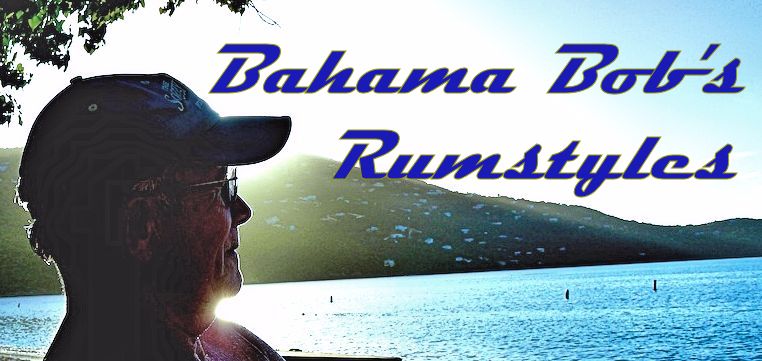It's our last day here in Panama and we can't leave without visiting the canal and seeing a ship or two go through the locks. This is an amazing work of engineering and construction. Between the seriouly heavy duty work of excavating, construction, and the enviornment, the Panama Ccanal killed way too many people during the construction.
Since the canal was turned over to the people of Panama iDecember 31, 1999 ti has been providing jobs and revenue for the region. It takes a ship approximately 8 hours to pass from the Atlantic to the Pacific at a cost of approximately $200,000 each direction for every large ship. The locks raise the ships up to the level of the lake and then lowers it back to the level of the ocean as it completes the journey across the ismas of Panama.
After leaving the Canal Zone, we headed back to Panama City and visited the Old Town, Casco Viejo, to see the old architecture and the narrow streets. Many of the buildings are in a state of disrepair now, but between the government and private investors the Casco Viejo is coming back to life. The old city is coming back to life with a plethera of shops, squares and beautiful scenery that is unmistakeable of the early spanish influence. One of the old buildings that is still in use is the French Embassy. Located in the heart of Casco Viejo, this beautifully maintaind complex is a great facility to see. As you look over the walls to the sea, you'll see surfers and a sea with waves that keep breaking fo such a long distance that you feel that the break will never end. As you wander through the square, you'll find statues and a straw market fom which you can purchase curios of all type from the local venders.
From Casco Viejo we went to the Valera Hermanos Bottling plant and the corporate offices in Panama City. There we were treated to a tasting of some of the products that we hadn't seen before in the United States. In addition we tasted some of the components that make up these fine aged rums. After a discussion with the Master Blender, we learned of the components and the aging process that gives Abuelo it's fine taste, color, and clarity. We were told of the history of the Abuelo line and how the Abuelo Anejo was first introduced in 1970, the Abuelo 7 year in December of 2005,and the Abuelo 12 year in December of 2008. We were able to taste each of these fine aged rums along with rums from their early days.
The height of this whole trip is being a part of the introduction and the coming to America of the Abuelo Centuria Reserva de la Familia. This is a pure solera process aged rum that has components that range in age from 7 to 30 years. Everything about this fine rum from the special wooden box that houses the special bottle to the rum itself is a work of art. This rum is the culmination of more than 100 years of rum making in Panama by Varelo Hermanos. This is by far the best effort to date. When the only 200 cases of this fabulous rum comes to America you don't want to miss out on owning a bottle even at its $125 price tag,because it is a real rumstylin' bargain.
I would at this time like to say a special thanks to all of the people at Valera Hermanos for the warm and gracious hospitality given us throughout this week here in Panama. I look foward to returning to Key West and introduce you to some new coctails and beverages from this very special operation. ;o)





No comments:
Post a Comment